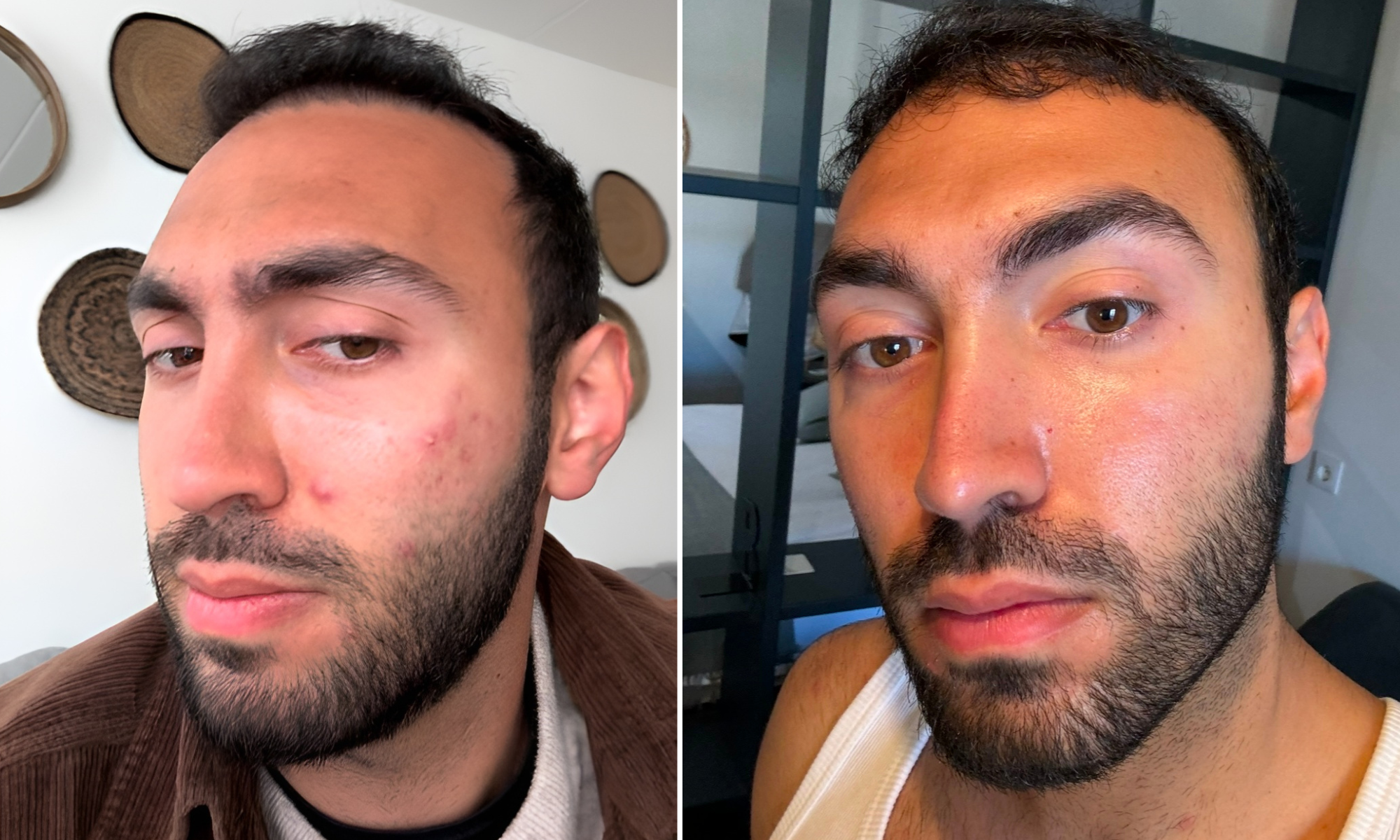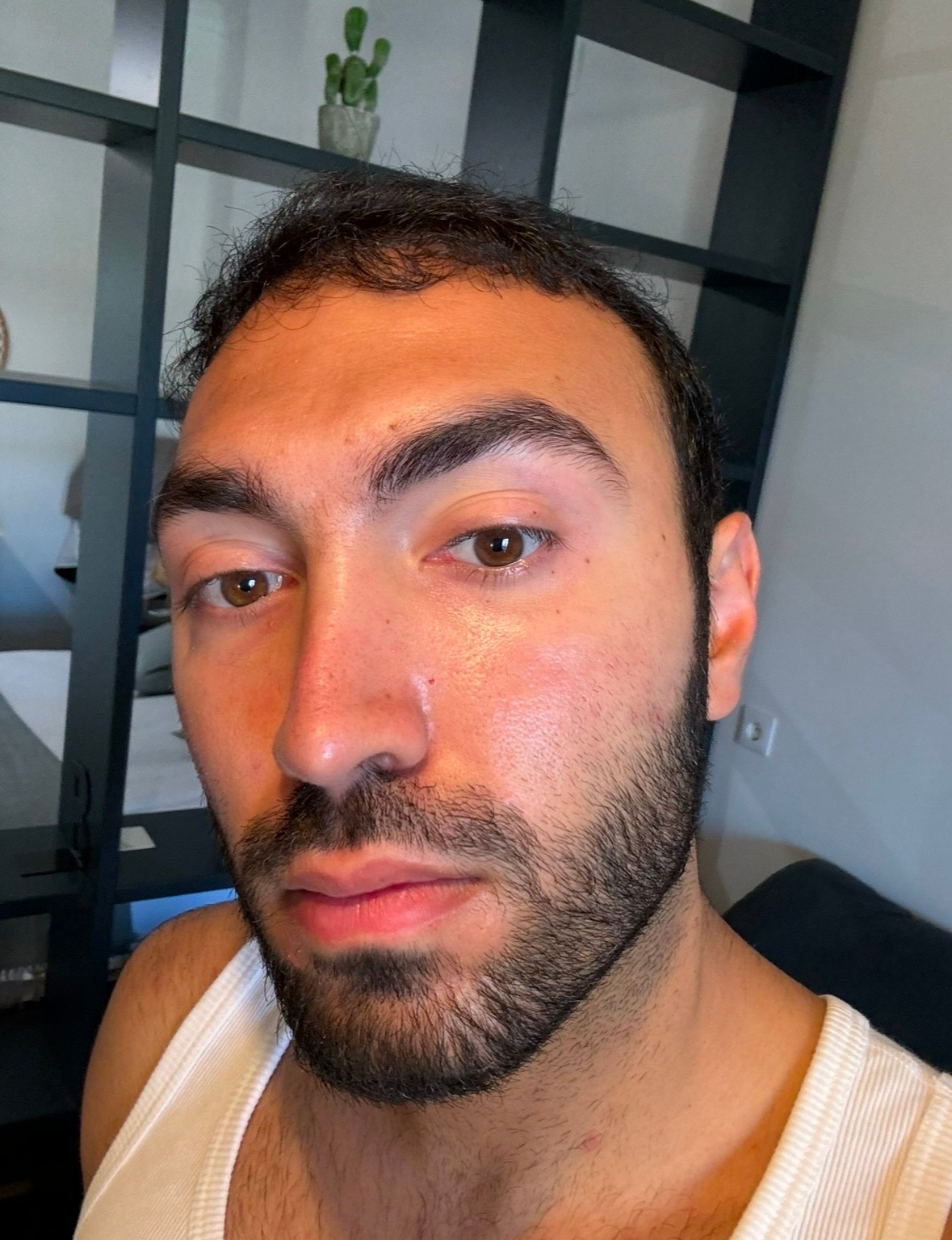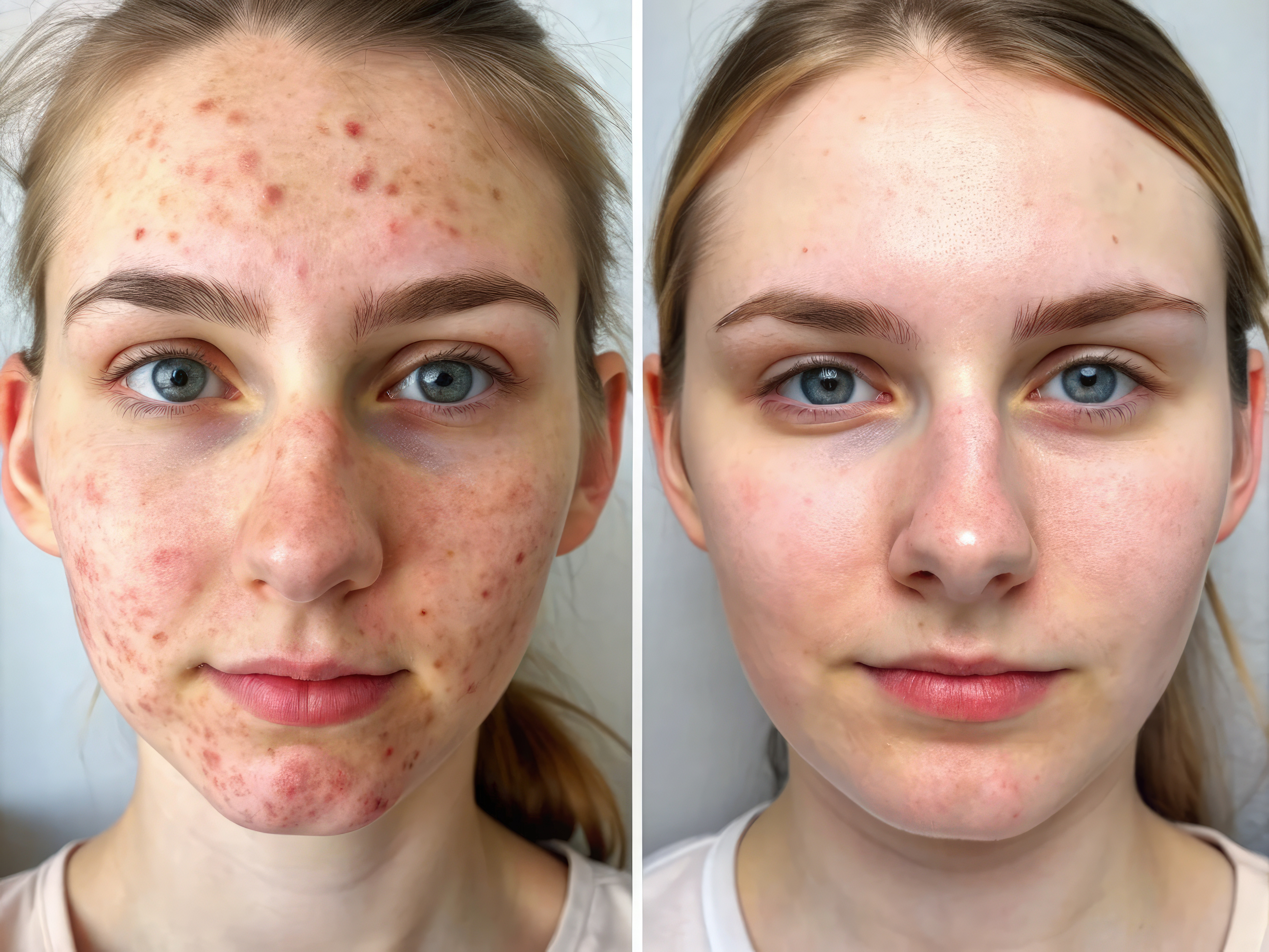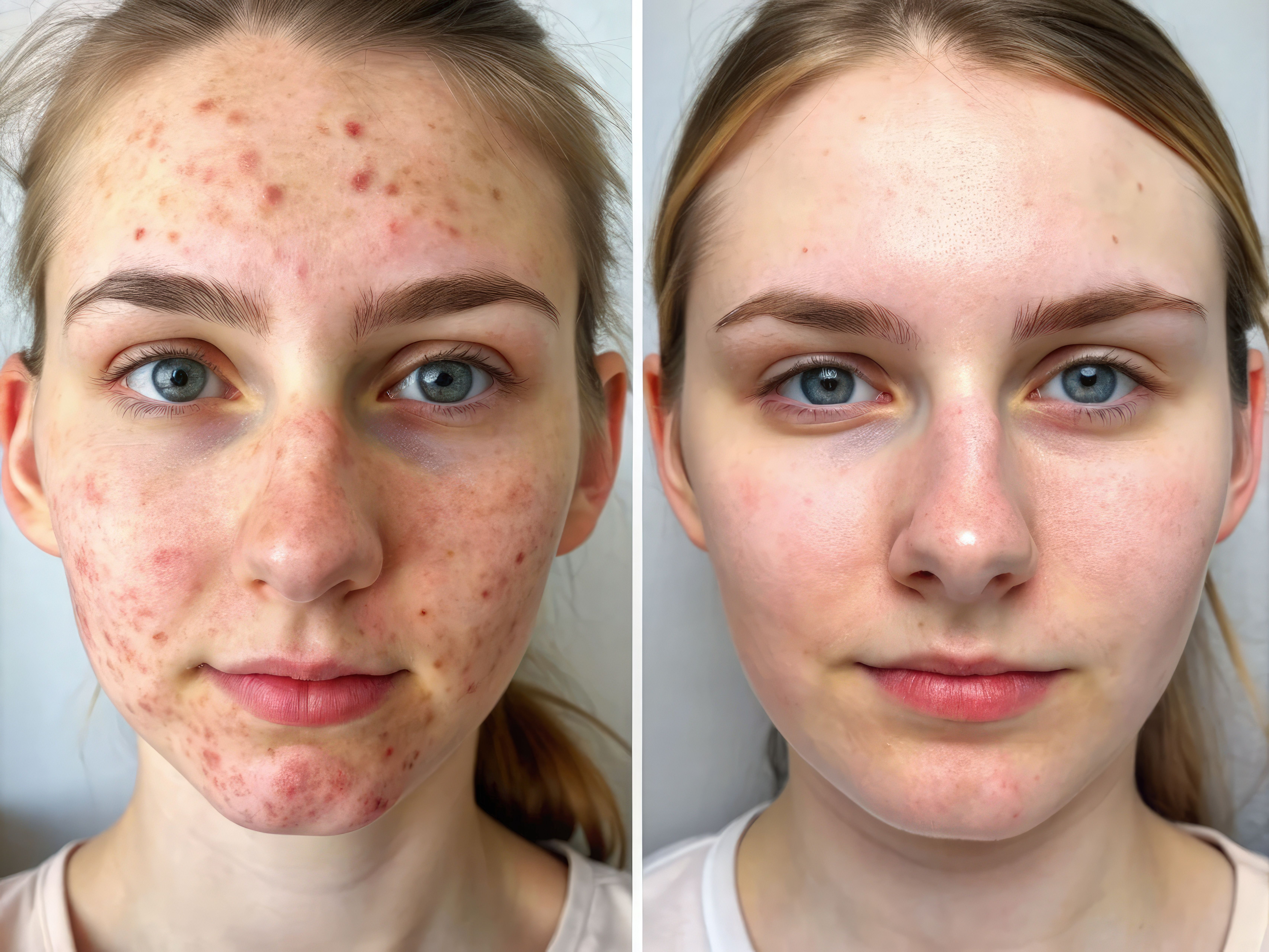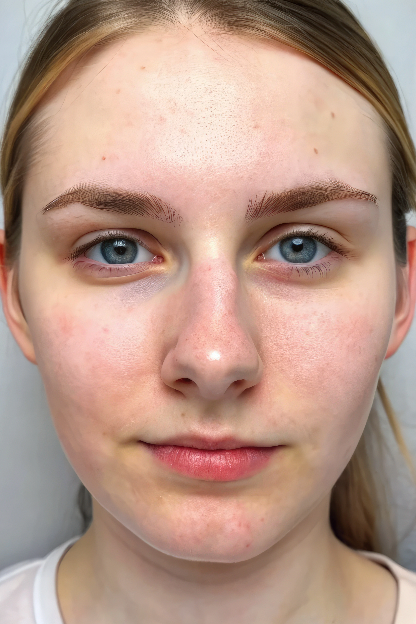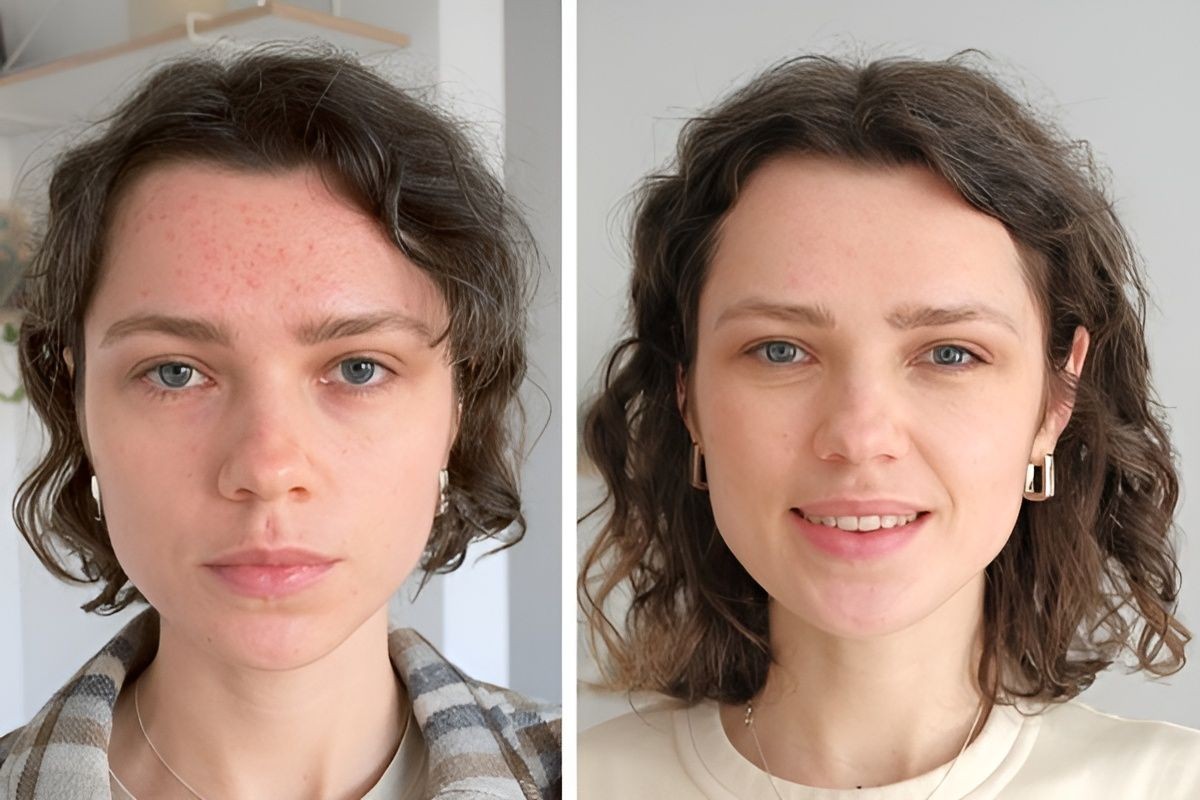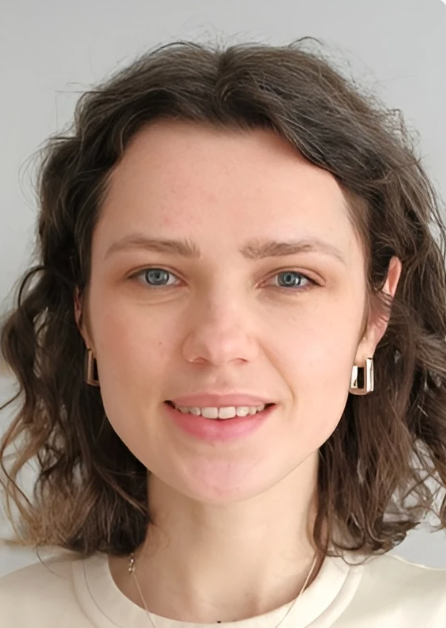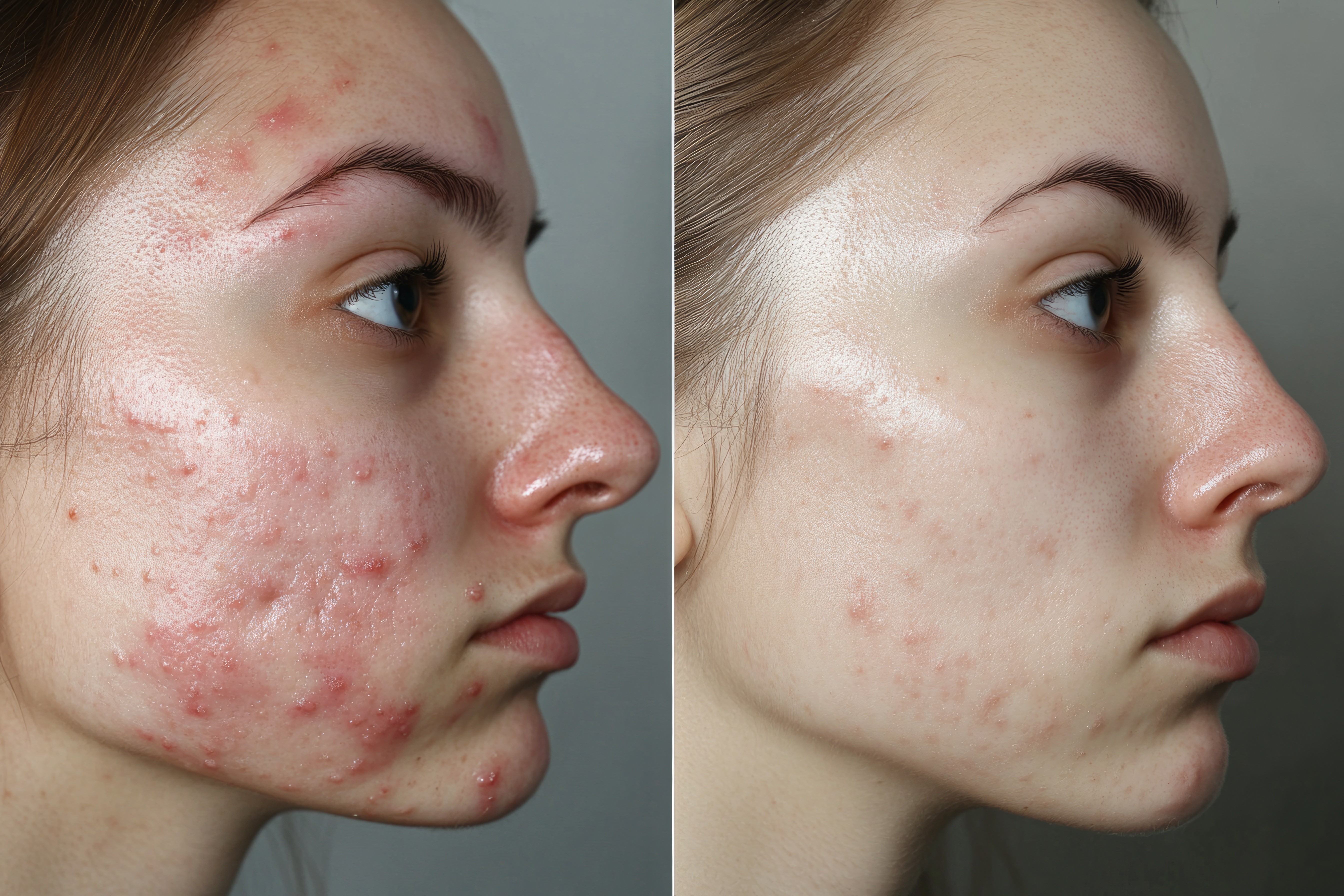Polycystic ovary syndrome (PCOS) and Acne Vulgaris

Polycystic ovary syndrome (PCOS) is a common hormonal condition that affects women of all ages, symptoms may begin during puberty but may persist for the entirety of the patient’s reproductive years. Patients with PCOS have varied symptoms, some present with no symptoms at all, making it difficult to diagnosis, whereas others may have one or more of the common symptoms of irregular periods, infertility, weight gain, and/or acne. Among the many skin-related issues associated with PCOS, acne is one of the most common.




